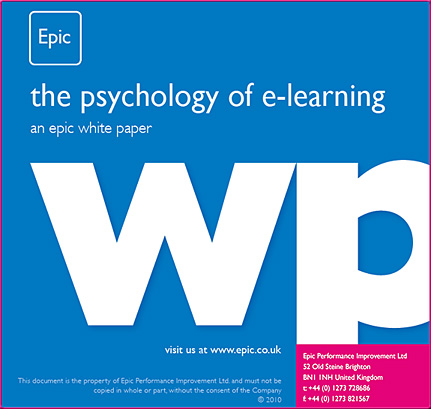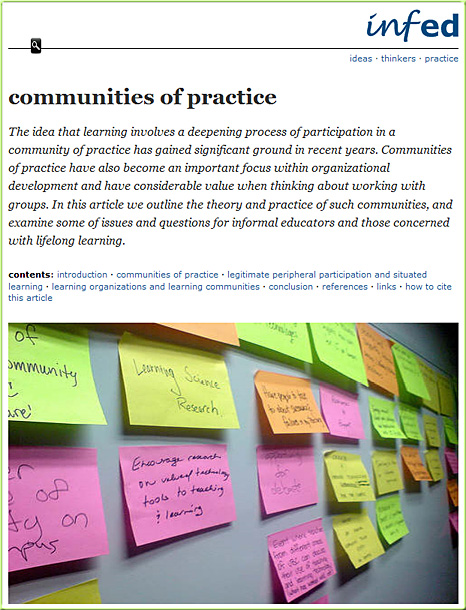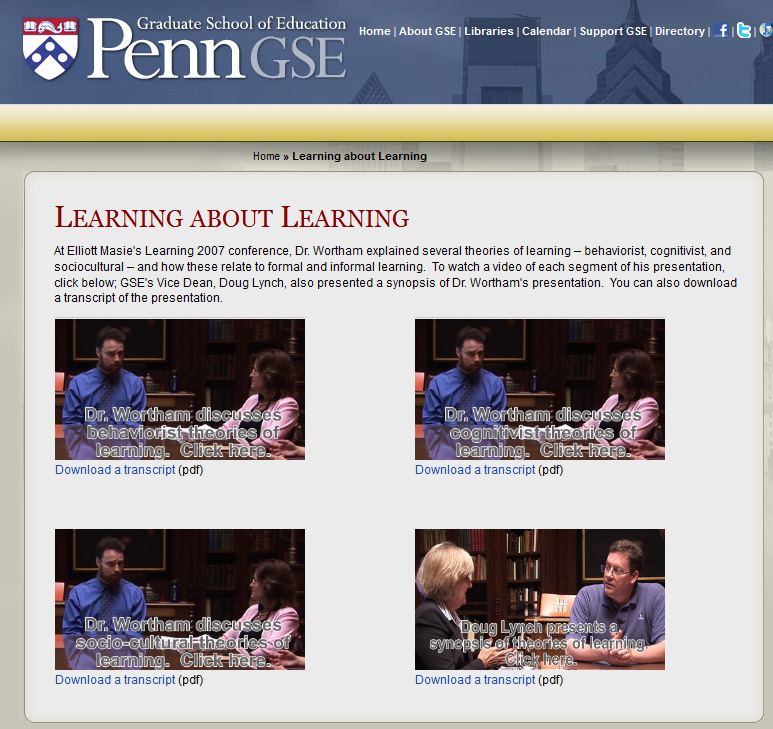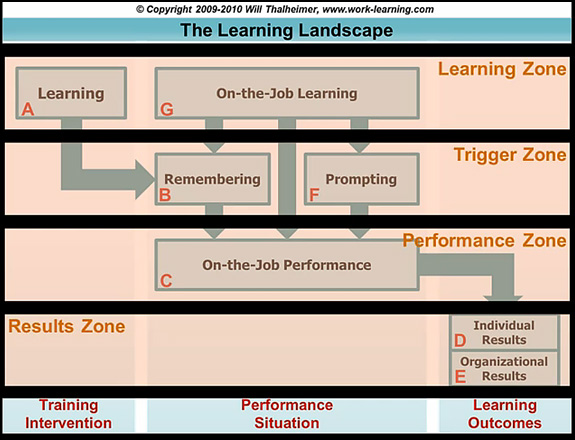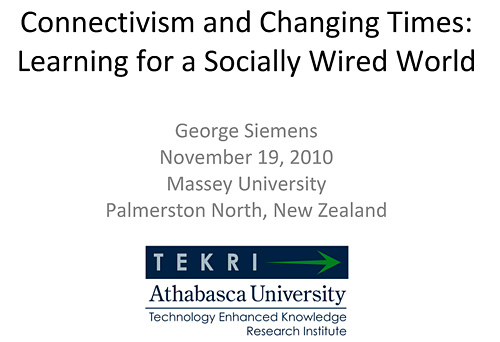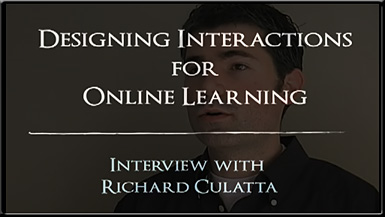What Instructional Designers can learn from IBM’s Watson — from kaplaneduneering.com by Karl Kapp
Excerpt:
Enter instructional design. What happens in a typically designed program? The designer creates abstracted bulleted lists or items the learner must know and apply to a situation and then, once or twice in the course of the class/e-learning event, etc. The learner is given an example. One or two examples at the most. Not enough to develop pattern recognition or to create an internal construct of how to deal with a particular situation.
That’s all wrong. Instead of giving learners abstractions of concepts or lists of rules, we need to give them examples, not one or two examples but dozens and dozens of examples.
We know expertise comes from experience with situations that build a generalization by the expert who then compares a current situation with past situations to decide how to problem-solve. Designers of instruction can create “learning experiences” using case studies, simulations, etc. to immerse the learner in dozens of similar (but not exactly the same) situations so the learner can recognize situations, not-by-rules, but by experience.
We can’t teach every rule in compliance training, or every answer to a customer’s objection in sales training or every combination of troubleshooting customer problems but we can provide example after example after example that can help learners develop the ability to recognize and address situations and the right response.
So, next time you develop instruction, provide examples, not one or two but dozens.
From DSC:
This makes sense also from a mental rehearsal standpoint — helping move things to long term memory.
From DSC:
I’d like to thank:
- Doug Lynch, Dr. Stanton Wortham, and Elliott Masie for recording these videos and for sharing their insights/expertise
- The University of Pennsylvania for making these items available
- Capella University for including the above resource in a course that I’m currently taking from Dr. Katherine Emmons entitled, “Learning Theory and the Educational Process.”
2/8/11:
Note/correction from my original posting:
Doug Lynch and Stanton Wortham are not at Penn State, but rather they are at the University of Pennsylvania; Elliot Masie is an Adjunct Faculty Member at the University of Pennsylvania.
Connectivism & Connective Knowledge in Action — from ZaidLearn
Learning Landscape Model Video — from Will Thalheimer
The Learning Landscape Model is:
…based on the fundamental cognitive architectures of learning, remembering, and prompting as three distinct cognitive operations, all of which are needed to maximize workplace learning-and-performance results. While previous models have often forgotten forgetting or forgotten prompting mechanisms (like job aids), the Learning Landscape is complete. Perhaps more importantly, it is actionable, for example, it can be utilized to have productive discussions between us as learning professionals and our business partners. Finally, the Learning Landscape Model can be used to improve learning measurement significantly over the 4-levels or roi models.
Check out the video of the Learning Landscape Model…
Questions I’m no longer asking — from elearnspace by George Siemens
Excerpt:
I’m firmly convinced of the following:
1. Learners should be in control of their own learning. Autonomy is key. Educators can initiate, curate, and guide. But meaningful learning requires learner-driven activity
2. Learners need to experience confusion and chaos in the learning process. Clarifying this chaos is the heart of learning.
3. Openness of content and interaction increases the prospect of the random connections that drive innovation
4. Learning requires time, depth of focus, critical thinking, and reflection. Ingesting new information requires time for digestion. Too many people digitally gorge without digestion time.
5. Learning is network formation. Knowledge is distributed.
6. Creation is vital. Learners have to create artifacts to share with others and to aid in re-centering exploration beyond the artifacts the educator has provided.
7. Making sense of complexity requires social and technological systems. We do the former better than the latter.
The Moodle Philosophy — from synergy-learning.com by Joel Kerr (emphasis below from DSC)
It is often said that Moodle is designed with pedagogy in mind. The developers are very transparent about the philosophy they use when making decisions about the direction of Moodle, a philosophy that focuses on what is best for the learner.
The design and development of Moodle is guided by a “Social Constructionist Pedagogy”, which can be explained in terms of four main related concepts: constructivism, constructionism, social constructivism, and connected and separate.
Apollo Group joins learning technology partnership with Stanford University — from businesswire.com
Partnership brings together academic researchers and select industry partners to study interactive communications and technology; Apollo Group’s Dr. Tracey Wilen-Daugenti to serve as visiting scholar
Through the partnership, Apollo Group and Dr. Wilen-Daugenti will work with Stanford University faculty and researchers studying basic issues about the design and use of modern technologies and their impact on today’s learner. Apollo Group will also participate with Stanford faculty members and graduate students to explore the role technology can play in higher education organizations, with a specialization in distance learning.
“Technology today is changing at an extremely fast pace, which impacts both enterprise and educational institutions, requiring them to keep up with the latest trends,” said Dr. Wilen-Daugenti. “Students are increasingly exposed to the latest technology in their lives, and seek access to it in their work and education environments. Through this partnership and visiting scholar program, we hope to address this issue and find ways for higher learning institutions to more readily use technology to address the needs of today’s students.”









